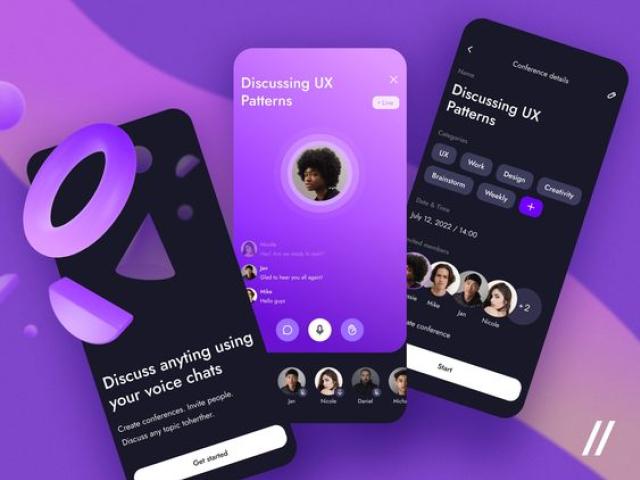Instant games have taken the gaming world by storm in recent years. These simple, accessible games that can be played in just a few minutes with no downloads required have found a huge audience, particularly on mobile platforms. By removing barriers to entry like long downloads or significant time commitments, instantaneous games have helped introduce gaming to new demographics and boosted the popularity of the medium.
The Growth of Mobile Gaming
The rise of instantaneous games is inextricably linked to the proliferation of smartphones. As mobile devices have become ubiquitous, people now have a powerful computer and connection to the internet in their pockets at all times. This has opened up mobile platforms like iOS and Android to gaming. Simple, quickly playable titles are perfectly suited for mobile—users can jump into a game during brief moments of idle time like commutes or waits. Major publishers like Zynga pioneered the model with hits like Words With Friends that kept players engaged with short play sessions. The mobile revolution enabled instantaneous games to thrive.
Changing Consumer Preferences
Younger demographics, in particular, have shifted towards wanting immediate gratification and easily digestible content. Short form, bite-sized entertainment aligns well with how new generations consume media. They also have less tolerance for friction or barriers that take them out of the moment. Instant games fulfill that need for constant, low-commitment stimulation. Players can sneak in a quick match during any spare seconds without disrupting their day. The format satisfies changing consumer appetites for streamlined, frictionless experiences.
Expanding the Audience for Games
By doubling down on accessibility, Instant Games have helped broaden gaming's audience considerably. The low barrier to just trying a game has attracted more casual players who may never have engaged with the medium otherwise. According to surveys, over half of regular mobile gamers today started playing within the past five years, when instant formats began to explode. They have proven to be an effective gateway, hooking new demographics not traditionally associated with gaming. Once inside the hobby, some players go on to discover deeper titles. But instantaneous games undeniably expand the perceived scope of who plays and what games can be.
Monetization through Microtransactions
Another factor in instantaneous games ' rise is their monetization model. Due to short sessions and minimal upfront investment, developers found success charging small premiums for optional perks, upgrades or virtual items through microtransactions. If integrated well, this lets players enhance their experience organically while generating sizeable ongoing revenue. Popular free-to-play titles like Candy Crush Saga have reaped billions this way with their "freemium" approach. Microtransactions satisfy users' desire to continually progress while producing healthy profits. It's a business model that aligns incentives between developers and players in a mutually beneficial exchange.
Keeping Players Engaged and Returning
Of course, monetization alone does not account for an instant game's longevity. To create sustainable hits, developers focus heavily on player engagement and retention. Many titles use behavioral design like rewarding feedback loops or social features to intrinsically motivate users to keep playing. They also introduce new seasonal content or competitive events regularly to prevent stagnation. Measuring engagement metrics closely also informs design iterations to optimize fun and "stickiness." When well executed, these strategies cultivate communities that remain engaged with a title for years through continual small plays.
Esports Potential
Despite short sessions, some instantaneous games have found competitive scenes as well. Titles like Clash Royale from Supercell use collectible card battling to create metas and skill ceilings that foster high-level play. Major publishers invest in esports programs as a marketing driver, running sponsored tournaments that pull in huge viewing audiences. Esports brings prestige that keeps core players invested long-term while also bringing in spectators. It proves that instantaneous games, while approachable, can still deliver intense high-stakes competition at the highest levels for those seeking it. Esports expands their scope and deepens engagement.
The Future is Instant
By embracing accessibility and immediacy, instant games have undeniably altered the course of the gaming industry. After proving their scope across mobile platforms, the format is extending to new mediums with instant-start cloud games. Their low-friction design also serves social and casual fans beyond traditional gamers. Looking ahead, as streaming and 5G proliferation change how we play, instant formats will remain front and center. Their ability to provide constant, satisfying play in tiny windows ensures ongoing evolution. Overall, instant games reflect how consumption preferences have narrowed to favor effortless, optimally engaging content experiences. Their success has cemented them as a dominant and enduring gaming paradigm.
Get More Insights on- Instant Games
For Deeper Insights, Find the Report in the Language that You want:
About Author:
Ravina Pandya, Content Writer, has a strong foothold in the market research industry. She specializes in writing well-researched articles from different industries, including food and beverages, information and technology, healthcare, chemical and materials, etc. (https://www.linkedin.com/in/ravina-pandya-1a3984191)






